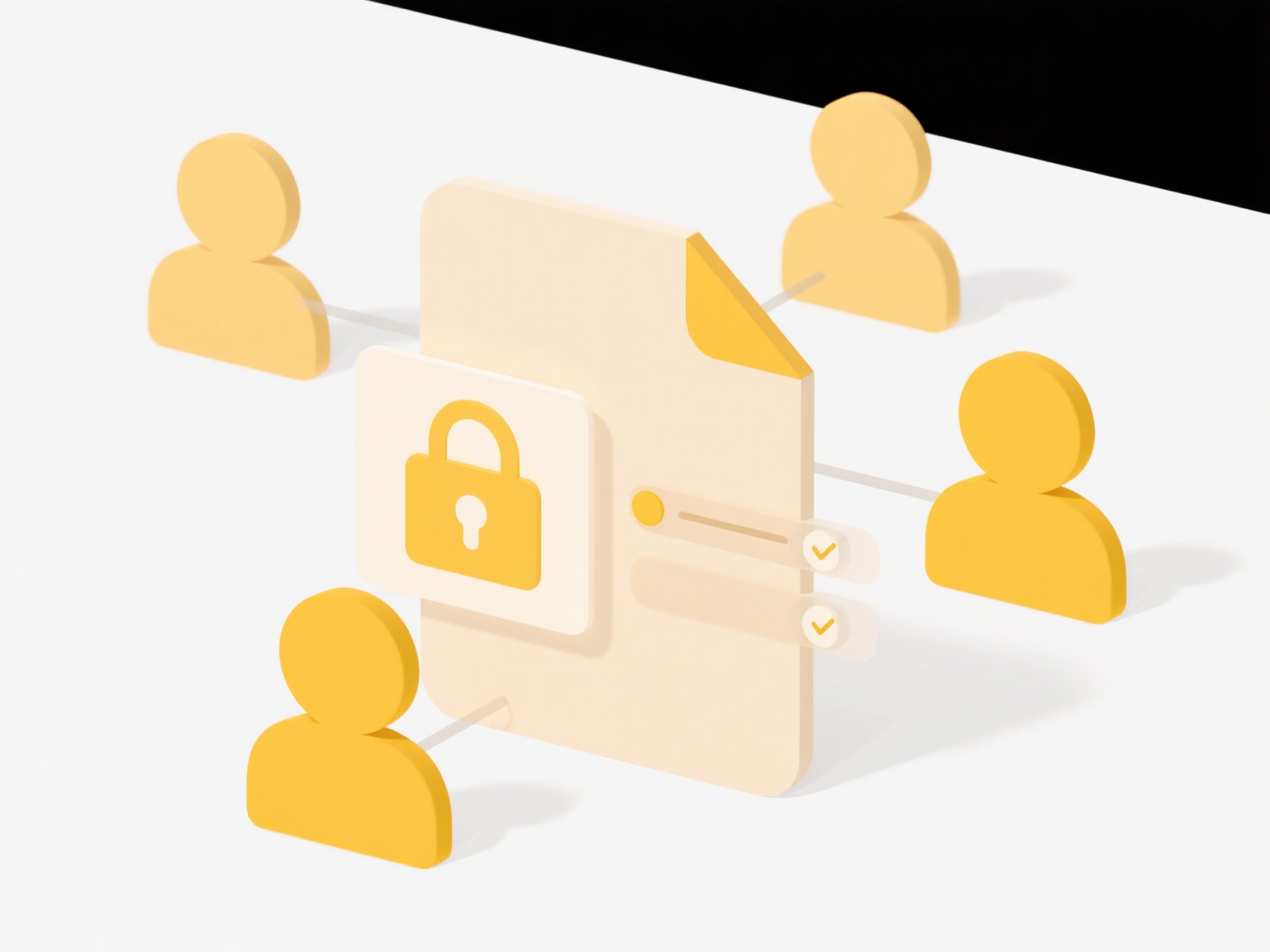
Unique file naming in shared spaces means establishing rules or using tools to prevent collaborators from saving files with identical names in the same location. This differs from personal folders where duplicates might be acceptable or unnoticed. Enforcing uniqueness is crucial in shared areas to avoid accidental overwrites, confusion, and data loss. Strategies can range from technological enforcement by systems that prevent saving duplicates to implementing structured naming policies that users must follow manually.

A common example is cloud storage platforms like Google Drive, OneDrive, or SharePoint. These systems often automatically resolve conflicts by appending a number (like "(1)" or " - Copy") to a file name when a user attempts to save a document with the same name as an existing file. Dedicated Document Management Systems (DMS) used in industries such as engineering, legal, or healthcare also enforce unique naming, often incorporating project codes, dates, or version numbers into the file name structure automatically or requiring strict user adherence.
The primary advantage is significant reduction in file confusion and overwrite risks. However, technological enforcement can sometimes lead to long, unwieldy filenames if many duplicates are prevented, potentially frustrating users. Policies relying solely on manual user adherence require training, reminders, and are harder to enforce consistently. Despite potential learning curves, enforcing uniqueness is a fundamental best practice for maintaining order in collaborative environments and is widely adopted as a baseline requirement.
How do I enforce unique file naming in shared spaces?
Unique file naming in shared spaces means establishing rules or using tools to prevent collaborators from saving files with identical names in the same location. This differs from personal folders where duplicates might be acceptable or unnoticed. Enforcing uniqueness is crucial in shared areas to avoid accidental overwrites, confusion, and data loss. Strategies can range from technological enforcement by systems that prevent saving duplicates to implementing structured naming policies that users must follow manually.

A common example is cloud storage platforms like Google Drive, OneDrive, or SharePoint. These systems often automatically resolve conflicts by appending a number (like "(1)" or " - Copy") to a file name when a user attempts to save a document with the same name as an existing file. Dedicated Document Management Systems (DMS) used in industries such as engineering, legal, or healthcare also enforce unique naming, often incorporating project codes, dates, or version numbers into the file name structure automatically or requiring strict user adherence.
The primary advantage is significant reduction in file confusion and overwrite risks. However, technological enforcement can sometimes lead to long, unwieldy filenames if many duplicates are prevented, potentially frustrating users. Policies relying solely on manual user adherence require training, reminders, and are harder to enforce consistently. Despite potential learning curves, enforcing uniqueness is a fundamental best practice for maintaining order in collaborative environments and is widely adopted as a baseline requirement.
Quick Article Links
Does Wisfile work for organizing resumes and cover letters?
Does Wisfile work for organizing resumes and cover letters? Wisfile efficiently organizes resumes and cover letters u...
Can I delete temporary files after export?
Temporary files are automatically generated by software during operations like exports to store intermediate data that f...
Can I preserve extensions when renaming the base name?
File extensions are the suffix at the end of a filename (like `.txt`, `.jpg`, `.docx`) that indicate the file type and w...